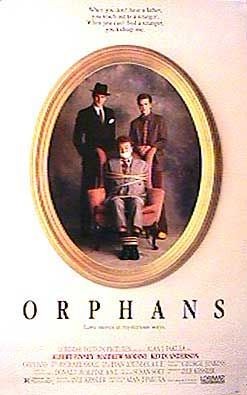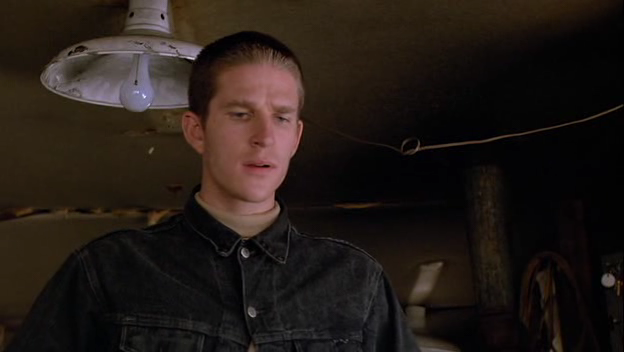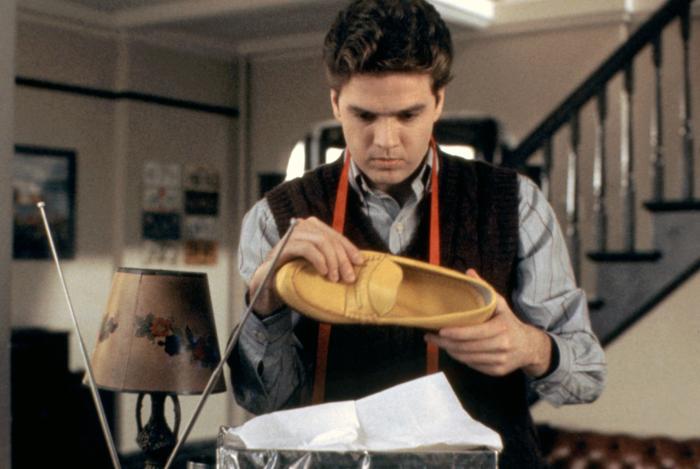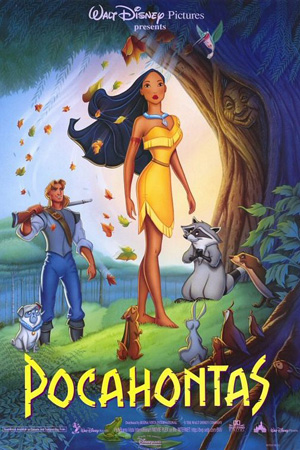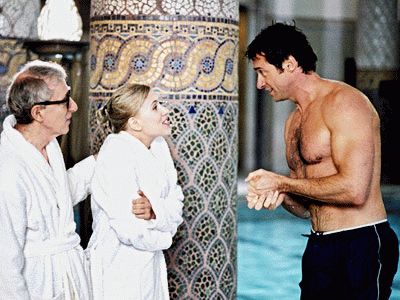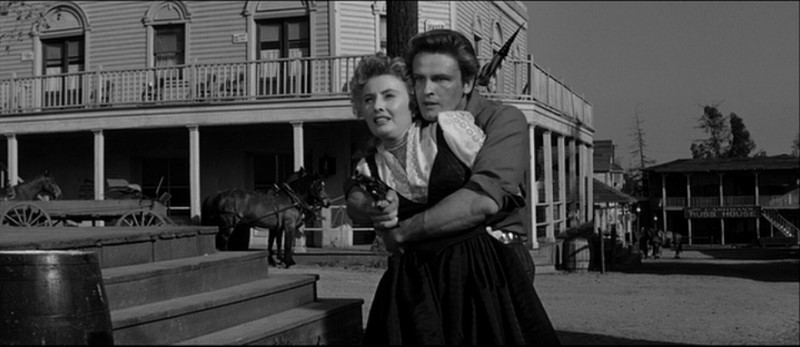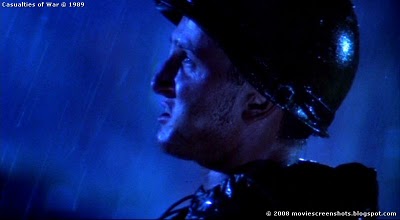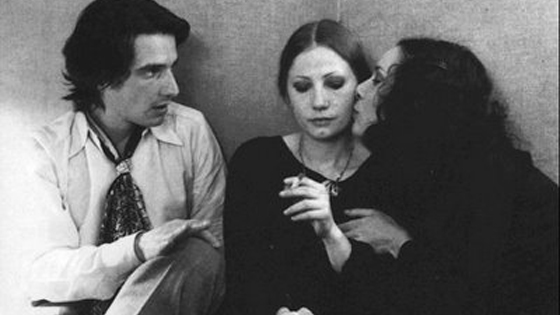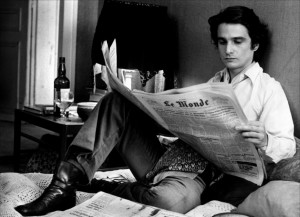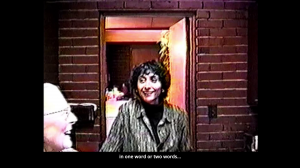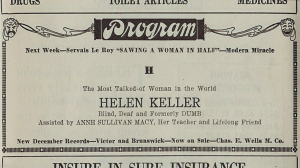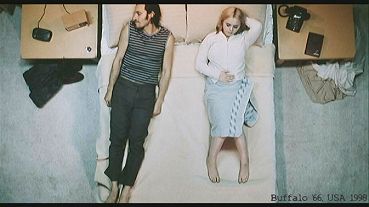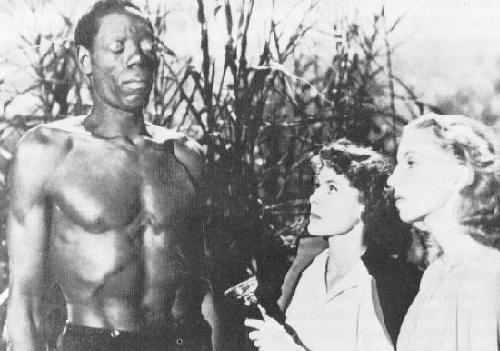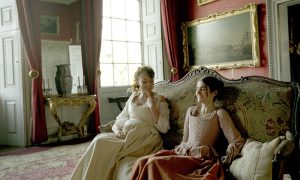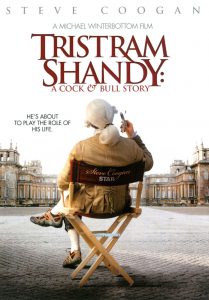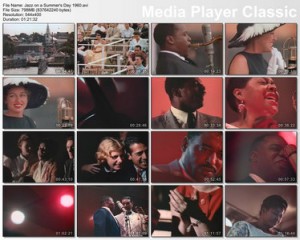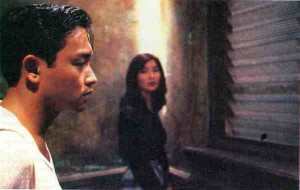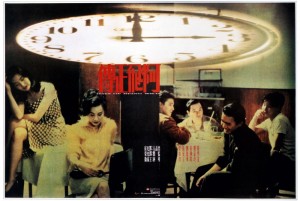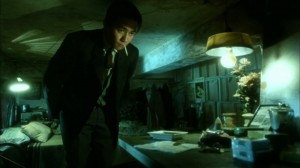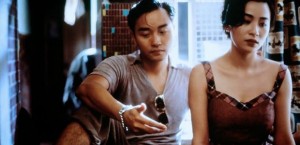From the Chicago Reader, September 25, 1987. — J.R.
ORPHANS
*** (A must-see)
Directed by Alan J. Pakula
Written by Lyle Kessler
With Albert Finney, Matthew Modine, Kevin Anderson, and John Kellogg.
Although the conventional Hollywood wisdom about adapting plays into movies is that plays should be “opened up,” the practical effect of this is often roughly equivalent to letting the air out of tires: the air may circulate more freely, but the wheels no longer turn. Fortunately Alan J. Pakula is a sensible enough man to recognize this danger, and the best thing that can be said about his movie of Orphans is that, by and large, he has allowed the original play to remain a play. Indeed, only by respecting the integrity of the original has he managed to adapt it into a fairly successful movie.
A contemporary play set in the present, Lyle Kessler’s Orphans has a distinctly uncontemporary, even old-fashioned flavor to it. Largely concerned with intense family relationships and feelings — between brothers, and between father and sons — it has virtually no traces of sadomasochism, which alone suffices to make it unfashionable as theater in this post-Pinter era. In a time when Sam Shepard’s laconic Marlboro ads are experienced as existentially authentic, and Wallace Shawn’s intricate lacerations and varieties of self-loathing are regarded as cathartic, Kessler’s primal depictions of brotherhood and fatherhood, without the usual smirking ironies, are simple and direct to the point of embarrassment. Read more

